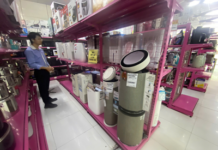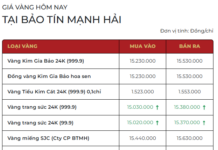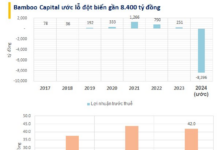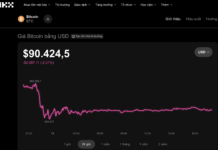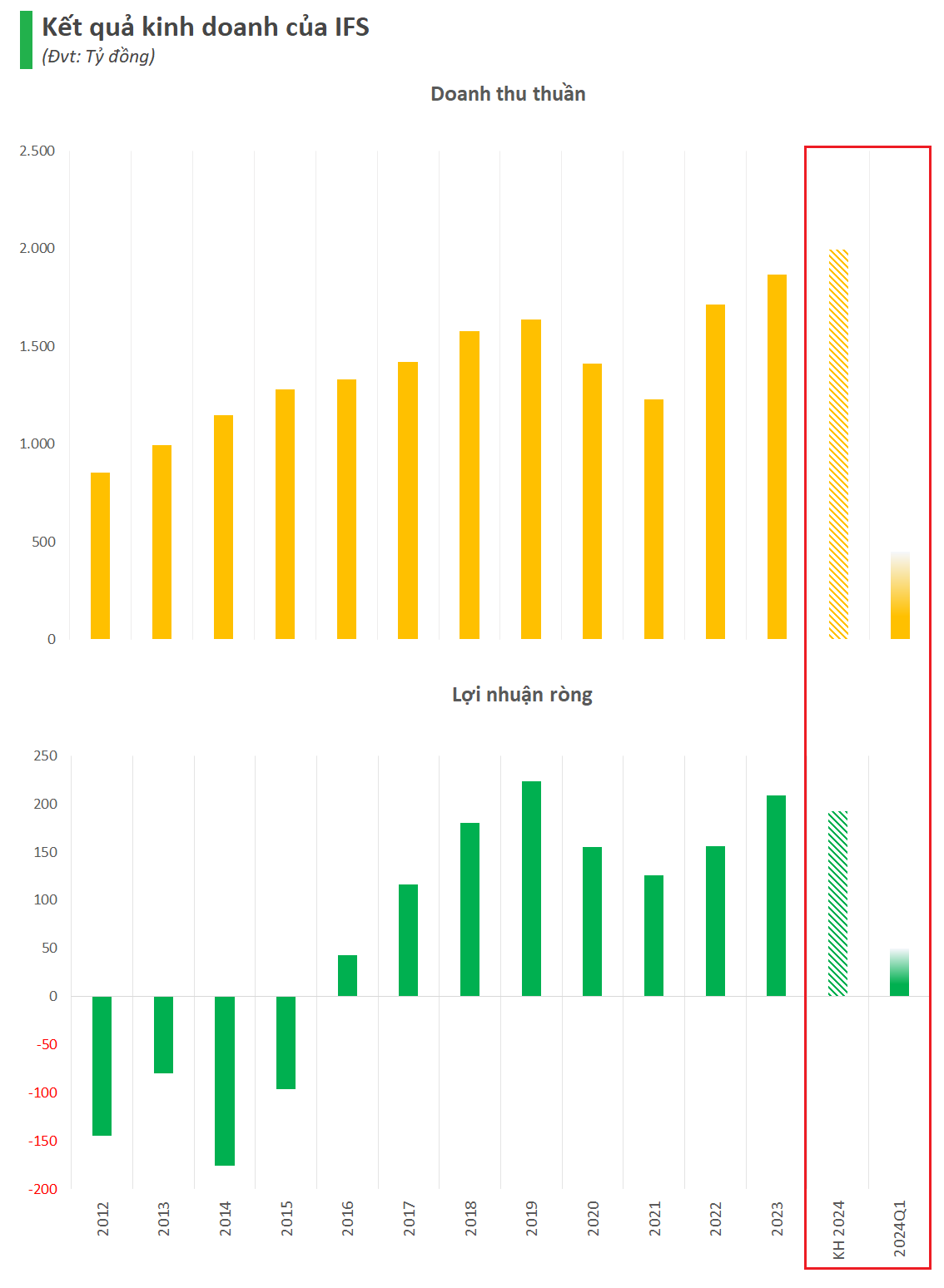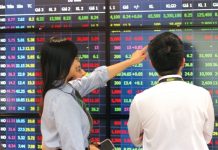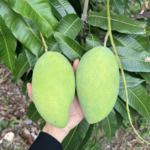According to the Ministry of Agriculture and Rural Development, in the first four months of 2024, Vietnam’s natural rubber export volume reached 499,000 tons, valued at $743 million, representing a 6.4% increase in volume and a 13.8% surge in value compared to the same period in 2023. China remains Vietnam’s largest rubber export market, with approximately 384,000 tons valued at nearly $544 million. India ranks second, with almost 38,500 tons valued at over $60 million.
THE TOTAL EXPORT VALUE OF THE RUBBER INDUSTRY REACHED $9.4 BILLION IN 2023
Speaking at the online workshop “Reality of Vietnam’s Rubber Supply Chain: Preparing to Meet EU Deforestation-Free Regulations” held on May 17, 2024, in Ho Chi Minh City, Mr. Vo Hoang An, Secretary-General of the Vietnam Rubber Association (VRA), stated that in 2023, the total export turnover of the rubber industry exceeded $9.4 billion, including natural rubber, deeply processed rubber products, and rubber wood.
“Although it is not the leading export market for the entire Vietnamese rubber industry, the EU remains an important customer for natural rubber and deeply processed rubber products. The EU is also a potential market with high purchasing power and untapped potential.”
Mr. Vo Hoang An, Secretary-General of the Vietnam Rubber Association (VRA)
Deeply processed rubber products achieved the highest turnover, reaching $4.4 billion in 2023, a 3.5% increase compared to 2022. Among these products, tire exports to the EU were estimated at nearly $375.3 million, with tires alone accounting for 71.5% of the export value in the EU market.
Vietnam’s natural rubber exports in 2023 amounted to over 2.1 million tons, valued at nearly $2.9 billion, a slight decrease of 0.1% in volume and 12.8% in value compared to 2022. Vietnam has exported rubber to more than 80 countries, with China leading the way, accounting for 79.6%, followed by India at 5.3%, and the EU in third place with a total export volume of 66,472 tons, capturing a 3.1% market share and a value of nearly $94.3 million. Additionally, rubber wood exports generated $2.2 billion in 2023.
THE RUBBER INDUSTRY FACES EUDR
Mr. Hoang Thanh, representing the Delegation of the European Union to Vietnam, stated that the European Union (EU) has enacted the Deforestation Regulation (EUDR). This regulation officially came into force on June 29, 2023. According to EUDR, seven commodity groups, including rubber, will be banned from importation into the EU if their production violates the regulations of the exporting country and/or leads to deforestation and forest degradation.
According to Mr. Hoang Thanh, countries around the world have had diverse reactions to the EUDR. In September 2023, ambassadors from 17 countries jointly signed and sent a letter to the EU’s top leaders, arguing that the EUDR regulation was unreasonable.
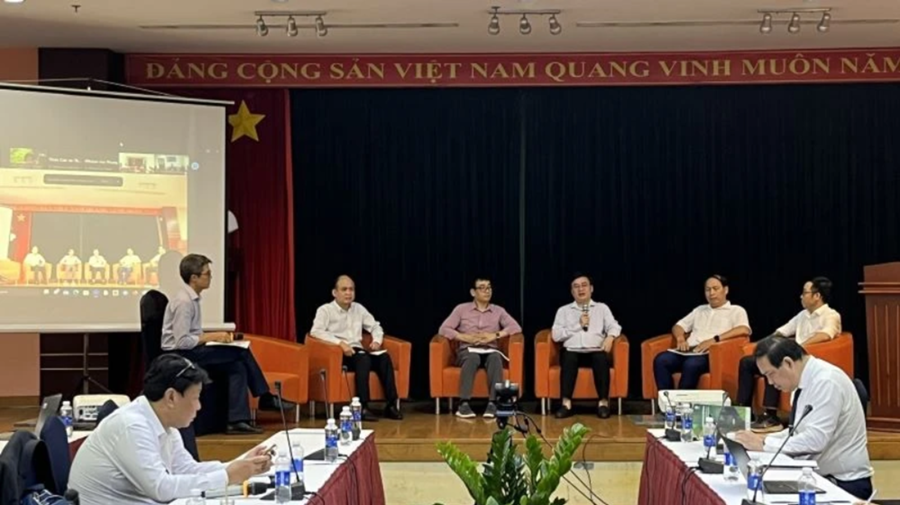
In October 2023, the Association of Natural Rubber Producing Countries (ANRPC) issued a joint statement calling on the EU to consider recognizing rubber as a forest tree and rubber planting as forestation. In March 2024, nearly 20 out of 27 EU member states requested the European Commission (EC) to postpone the implementation of EUDR. However, in April 2024, more than 170 organizations from around the world sent a letter to the President of the EC, urging the commission not to delay the deadline and to ensure that all parties comply with EUDR.
“To meet the requirements of the EU’s Deforestation-Free Products Regulation (EUDR), rubber products intended for import into the EU market must ensure full compliance with the Accountability (Due diligence) regulations, including product traceability to the land lot where the goods were produced.”
Mr. Hoang Thanh, Representative of the Delegation of the European Union to Vietnam
Assessing the impact of EUDR on Vietnam’s rubber industry, Mr. Vo Hoang An, Secretary-General of the Vietnam Rubber Association, stated that Vietnam currently has 918,000 hectares of rubber plantations, including smallholder rubber accounting for 52% and large-scale rubber accounting for 48%. Vietnam now has over 200,000 hectares of rubber certified for sustainable forest management under VFCS/PEFC, with 100% of this area belonging to the Vietnam Rubber Industry Group. A small area of about 6,000 hectares, belonging to some private enterprises and smallholder groups, has been certified for sustainable forest management under FSC.
“Large-scale rubber areas in Vietnam, especially those belonging to the Vietnam Rubber Industry Group, do not face difficulties in meeting the requirements of EUDR, as these areas have been planted with rubber for a long time, with clear land origins, boundaries, and complete legal land-use rights documents,” emphasized Mr. Vo Hoang An.
However, in addition to the criterion of no deforestation, EUDR also includes other criteria, such as the legality of land-use rights, ensuring clear land boundaries, and informing customers about the geographical location of the land lot and the harvesting/production time. These will pose challenges for more than 260,000 smallholder rubber households.
Concurring with this view, Mr. Nguyen Vinh Quang, a researcher at Forest Trends, stated, “The most significant challenge for the Vietnamese rubber industry in ensuring rubber traceability lies in the supply of smallholder rubber in the country and imported rubber.” Currently, the smallholder supply chain is relatively complex, with rubber extracted from households going through multiple stages before being processed. Some smallholder rubber areas lack land-use certificates.
“In addition to domestic supply, Vietnam’s rubber processing industry also imports a significant amount of raw rubber from Cambodia and Laos. Information about the import supply from Cambodia and Laos is currently very limited, making it impossible to trace the origin of the import supply,” analyzed Mr. Nguyen Vinh Quang.
WHAT DOES THE RUBBER INDUSTRY NEED TO DO?
In June 2023, the Ministry of Agriculture and Rural Development developed a National Action Plan for the agricultural sector to meet EUDR requirements. In September 2023, the Minister of Agriculture and Rural Development made several proposals to the EC, including publishing specific procedures for implementing EUDR, issuing technical guidance documents to facilitate timely adaptation, and providing cost-reduction measures for EUDR implementation…
According to Mr. Vo Hoang An, to adapt to EUDR, the Association has been consulting on several methods developed by other industries and countries worldwide. These include digital mapping and traceability to the garden level and digitizing the first stage of the agricultural value chain, which can lay the foundation for comprehensive sustainable intervention measures.
The Vietnam Rubber Association proposed that the Ministry of Agriculture and Rural Development strengthen its recommendations to the EU regarding a specific roadmap for implementing EUDR and issuing technical guidance documents for affected industries, including the rubber industry, to facilitate timely adaptation.
At the same time, they requested that the government study support solutions for businesses and enhance the capacity of smallholder rubber households in adapting to EUDR, especially in terms of data localization and traceability. Additionally, they suggested integrating rubber data into the national information/database system on forests, production region information systems, and supporting parties in legal matters related to land use and applying traceability methods.


